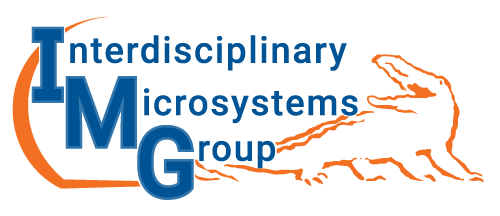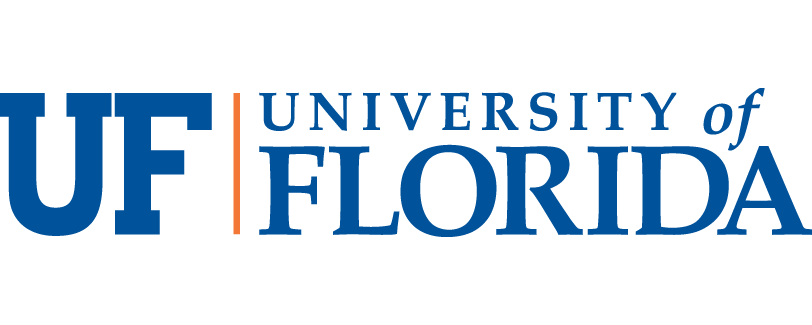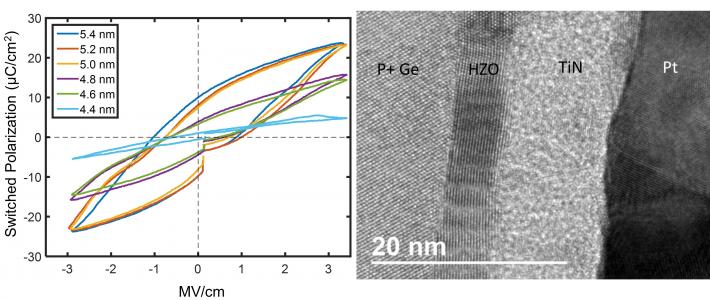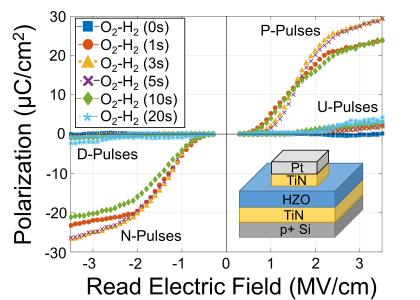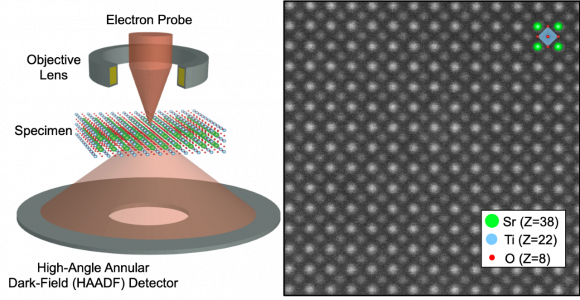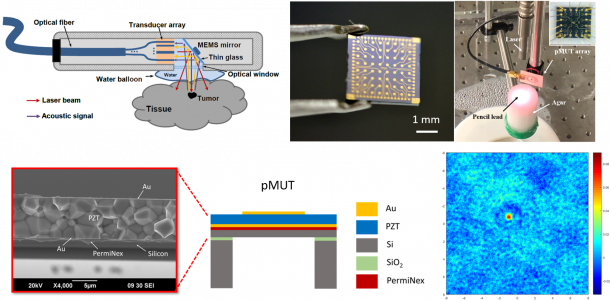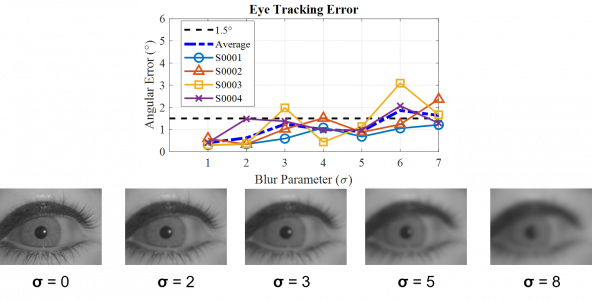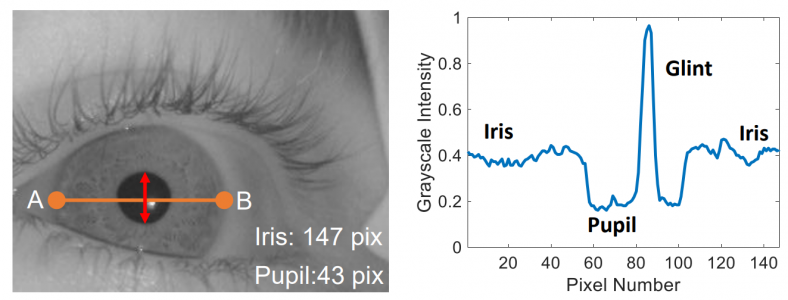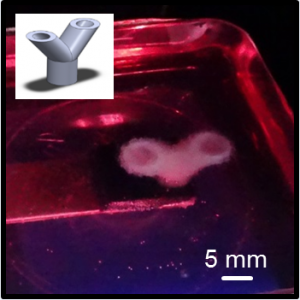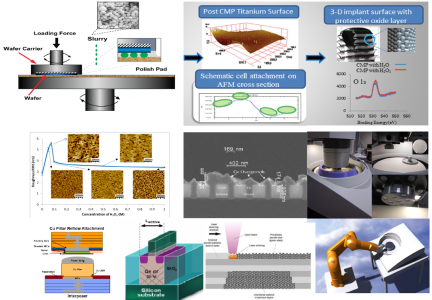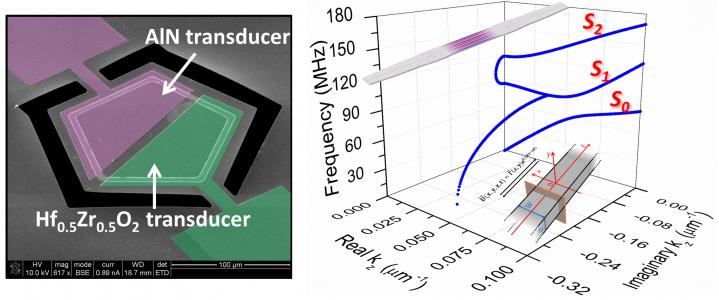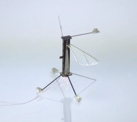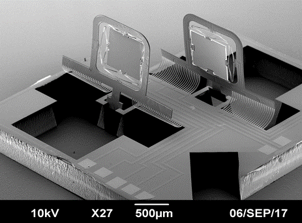Glen Walters Dissertation Defense
Submitted by Glen Walters on Tue, 03/10/2020 - 3:02pmGlen Walters will defend his Ph.D. dissertation entitled: "Scaling and Design of Thin Film Ferroelectric Hafnium Oxide for Memory and Logic Devices" on Wednesday, March 18th, at 9:00 am.
The meeting has ben changed to an online format through Zoom:
Time: Mar 18, 2020 09:00 AM Eastern Time (US and Canada)
Join Zoom Meeting
https://ufl.zoom.us/j/527022423
Meeting ID: 527 022 423
One tap mobile
+16465588656,,527022423# US (New York)
+13126266799,,527022423# US (Chicago)
